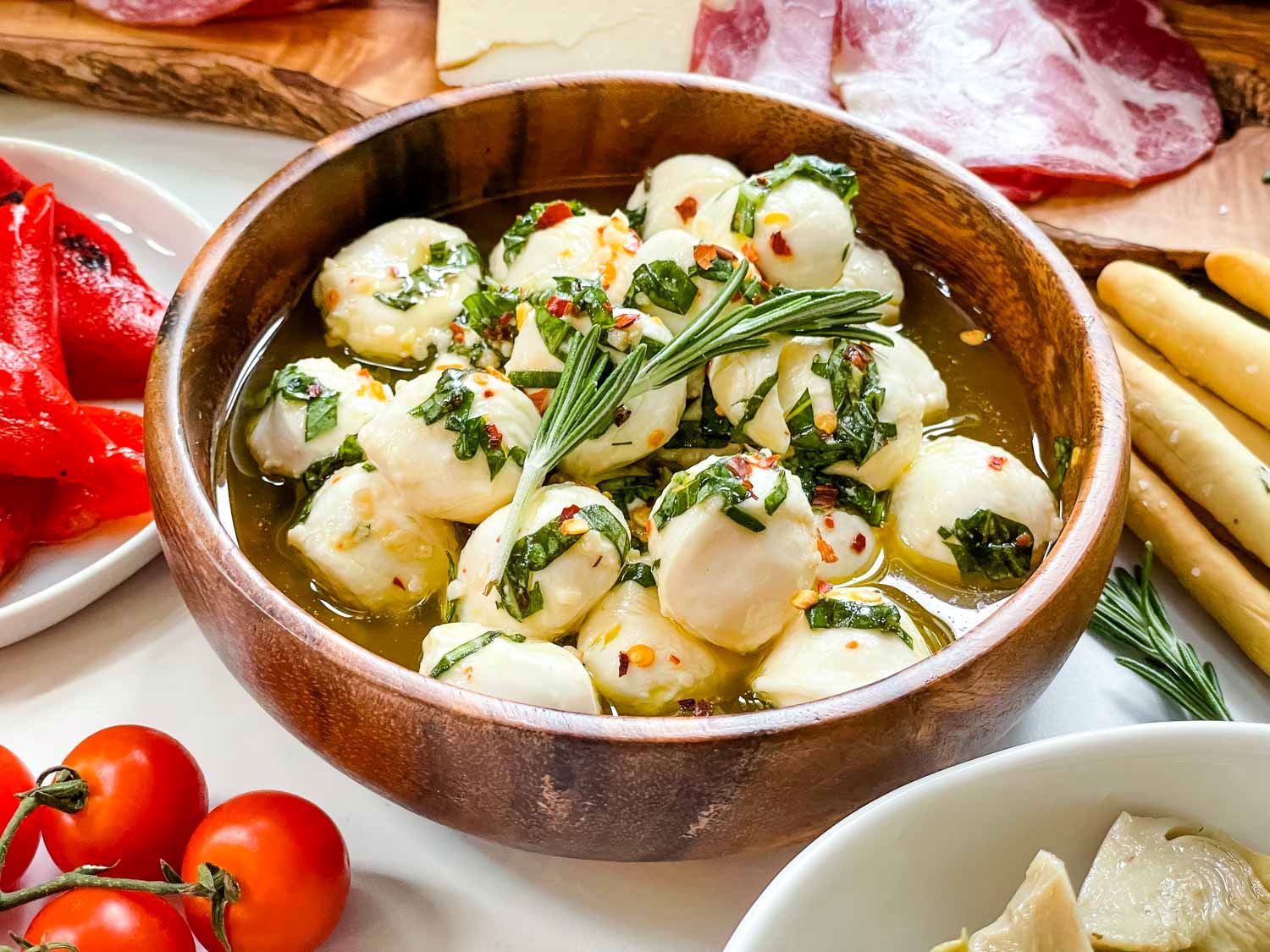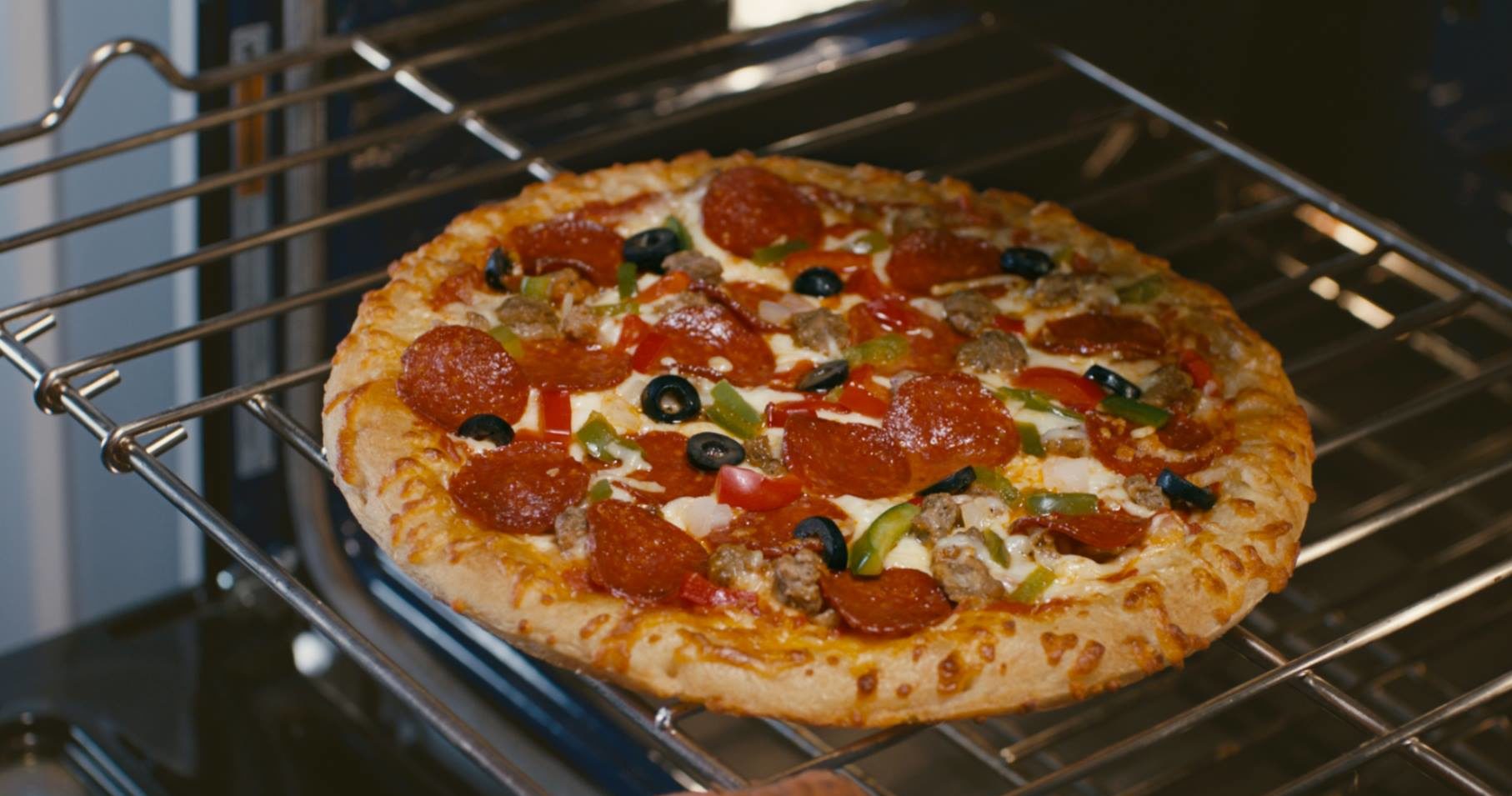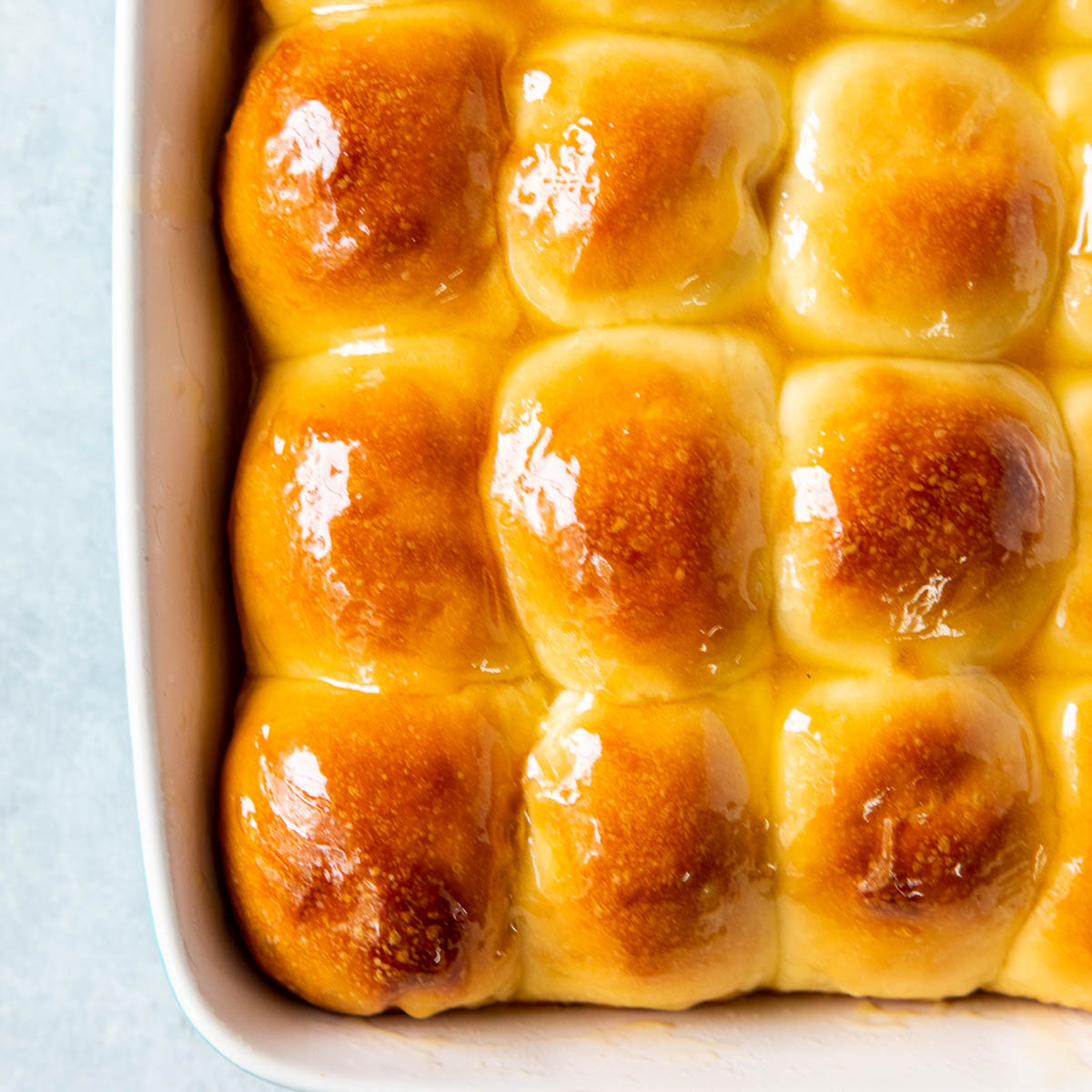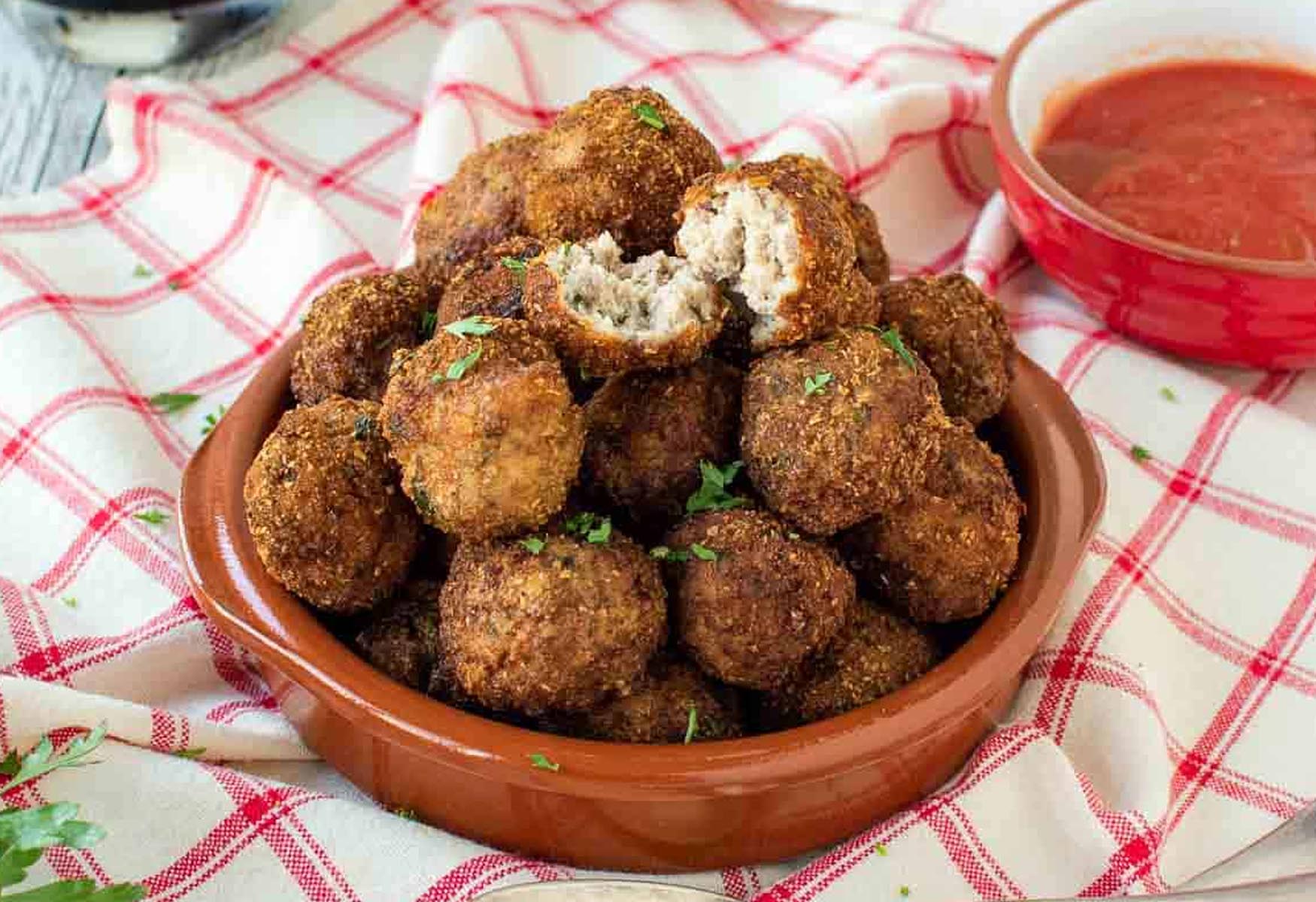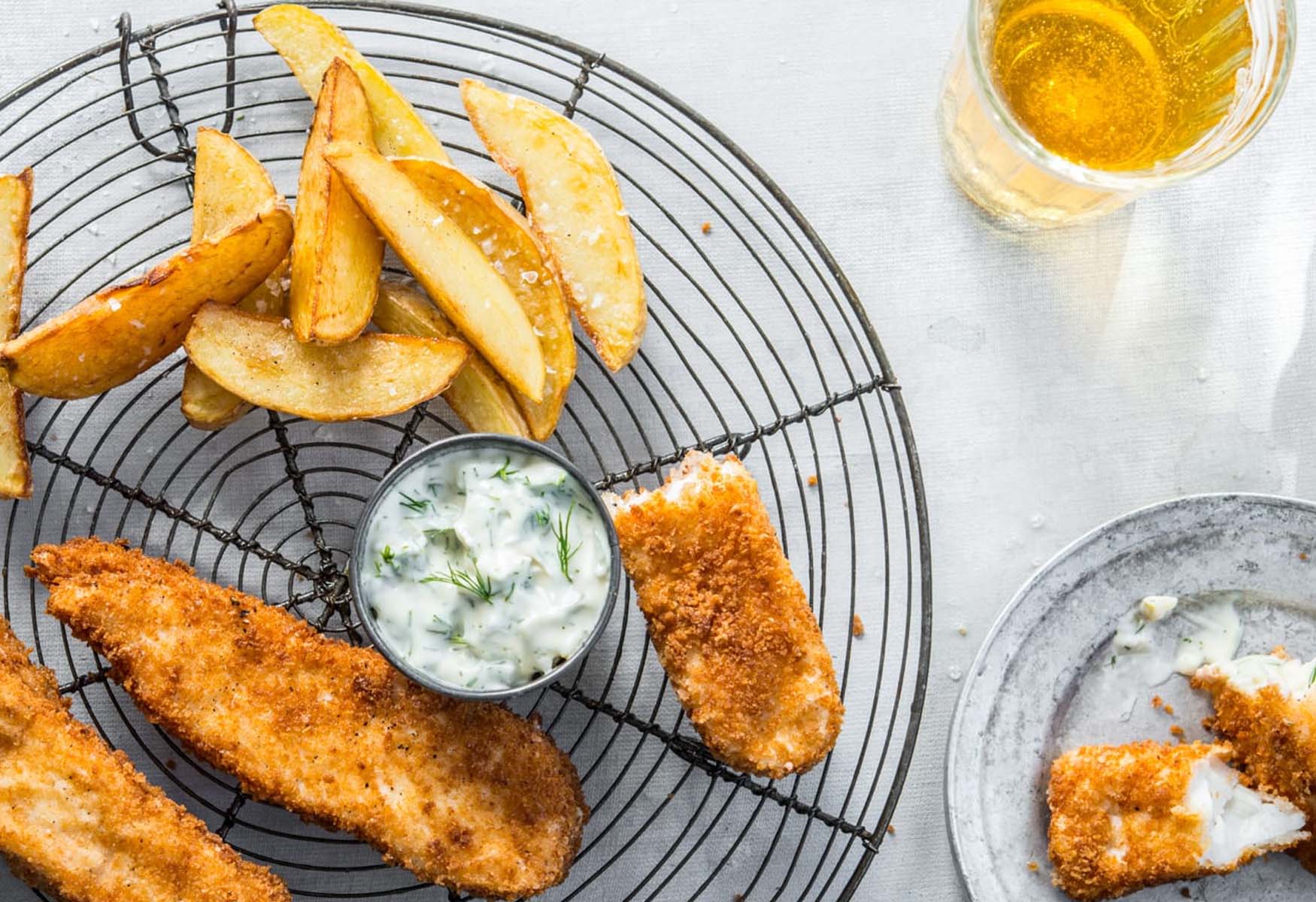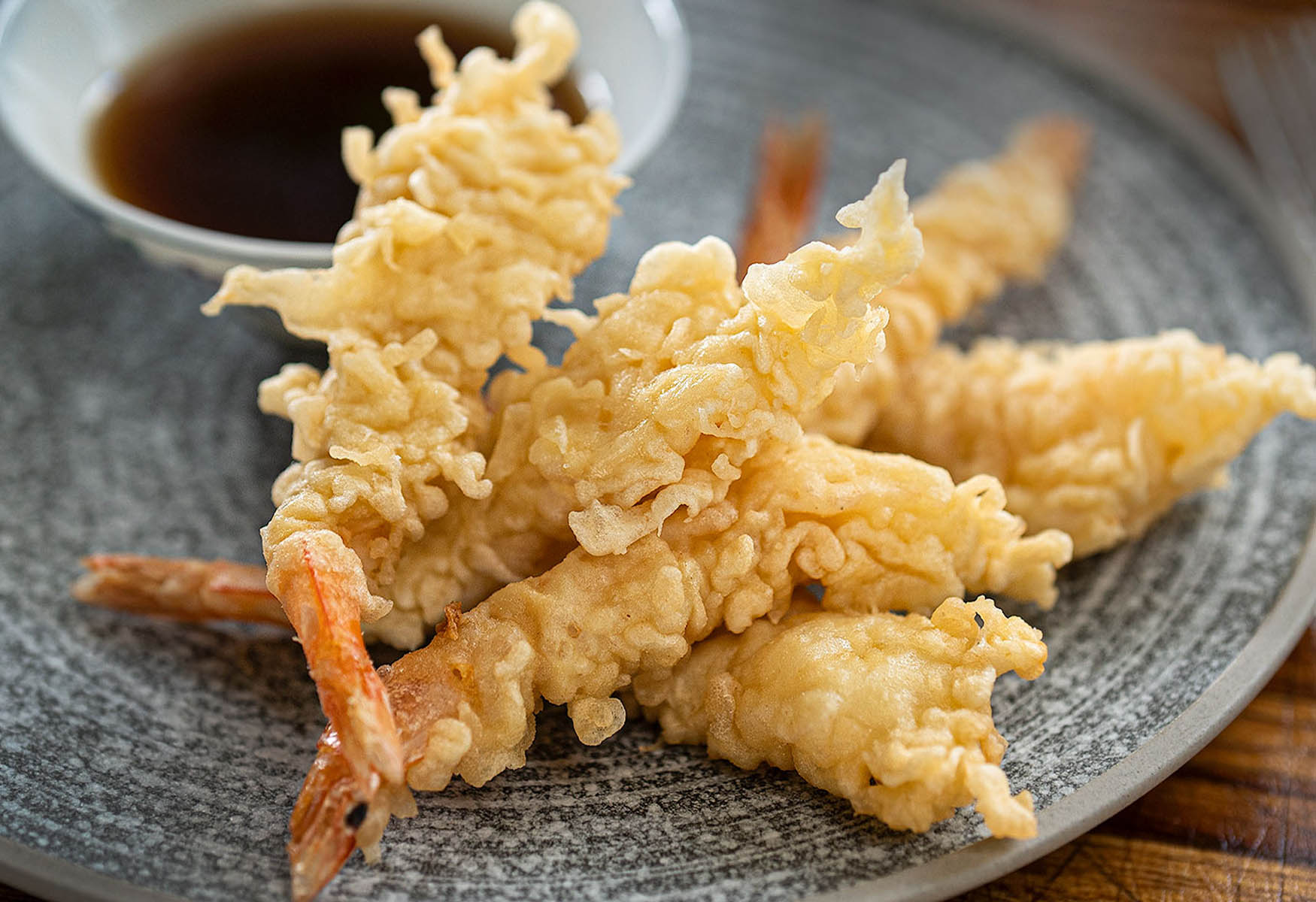Mastering the Art of Glazing Pasta
Welcome to the wonderful world of pasta glazing! Glazing pasta is a simple yet effective way to elevate the flavor and presentation of your favorite pasta dishes. Whether you’re a novice cook or a seasoned chef, mastering the art of glazing pasta can take your culinary skills to the next level. In this guide, we’ll explore the ins and outs of glazing pasta, from choosing the right glaze to applying it to your dishes with finesse.
Choosing the Perfect Glaze
Before you can start glazing your pasta, it’s important to choose the perfect glaze for your dish. Glazes come in a variety of flavors and consistencies, so it’s essential to select one that complements the flavors of your pasta. Some popular glaze options include:
- Balsamic glaze
- Garlic butter glaze
- Lemon herb glaze
- Tomato basil glaze
Each glaze brings its own unique flavor profile to the table, so feel free to experiment and find the perfect match for your pasta dish.
Applying the Glaze
Once you’ve chosen the perfect glaze, it’s time to apply it to your pasta. Glazing pasta is a simple process that can be done in just a few easy steps:
- Cook your pasta until it’s al dente.
- Drain the pasta and return it to the pot.
- Drizzle the glaze over the pasta, using a spatula or tongs to ensure that it’s evenly distributed.
- Gently toss the pasta to coat it in the glaze.
It’s important to remember that less is more when it comes to glazing pasta. You want the glaze to enhance the flavors of the dish without overwhelming them, so start with a small amount and add more as needed.
Enhancing the Presentation
Glazing pasta isn’t just about adding flavor – it’s also a great way to enhance the presentation of your dish. Presentation is key when it comes to creating a memorable dining experience, so consider these tips for making your glazed pasta look as good as it tastes:
- Garnish the pasta with fresh herbs or grated cheese for a pop of color and texture.
- Serve the pasta in a decorative bowl or on a stylish plate to elevate its visual appeal.
- Consider adding a final drizzle of glaze on top of the plated pasta for an extra burst of flavor.
By paying attention to the presentation of your glazed pasta, you can turn a simple dish into a stunning culinary masterpiece.
Experimenting with Flavors
One of the most exciting aspects of glazing pasta is the opportunity to experiment with different flavors and ingredients. Don’t be afraid to think outside the box and create your own unique glaze recipes. Whether you’re a fan of spicy flavors, sweet and savory combinations, or bold and tangy tastes, there’s no limit to the delicious glazes you can create for your pasta dishes.
So, there you have it – a beginner’s guide to the art of glazing pasta. With the right glaze, a little creativity, and a passion for great food, you can take your pasta dishes to new heights. Whether you’re cooking for yourself, your family, or a group of friends, glazing pasta is a simple yet impactful way to create memorable dining experiences. So, go ahead, grab your favorite glaze, and start glazing your way to pasta perfection!
For those eager to master the art of glazing pasta, there are a variety of recipes that can bring this skill to life in the kitchen. Consider starting with Garlic Butter Glazed Spaghetti for a rich and savory introduction. If you're in the mood for something refreshing, Lemon Herb Glazed Penne offers a bright flavor profile that complements the technique beautifully. For a touch of sweetness and depth, Balsamic Glazed Fettuccine could be an excellent choice. Those who enjoy a bit of heat might find Spicy Red Pepper Glazed Rigatoni particularly enticing. Finally, for a decadent experience, Creamy Parmesan Glazed Pasta provides a luscious texture that's hard to resist. Each of these recipes not only showcases the glazing method but also adds a unique twist to your pasta repertoire, making them well worth a try.
